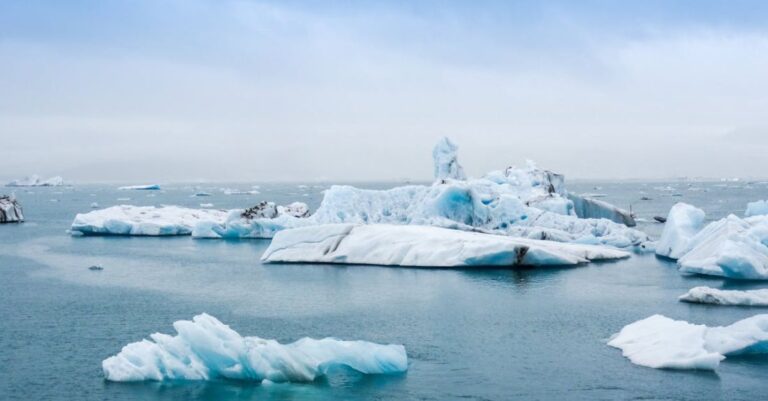
Located in the Pacific Ocean, the Galapagos Islands are a haven for unique and diverse wildlife. Home to many species found nowhere else on Earth, this archipelago is a UNESCO World Heritage site and a hotspot for eco-tourism. However, this delicate ecosystem faces numerous threats, including habitat destruction, invasive species, and climate change. Tourists visiting the Galapagos have the opportunity to contribute positively to the conservation of endangered species by making mindful choices during their stay.
**Choose Responsible Tour Operators**
When planning a trip to the Galapagos, tourists should prioritize booking with responsible tour operators that prioritize sustainable practices. By selecting eco-friendly companies that adhere to strict environmental regulations and support conservation efforts, visitors can ensure that their presence has a minimal impact on the fragile ecosystem of the islands. These tour operators often employ naturalist guides who provide valuable insights into the local flora and fauna while promoting responsible behavior among tourists.
**Respect Wildlife and Their Habitat**
One of the most critical ways tourists can support endangered species in the Galapagos is by respecting the wildlife and their natural habitat. It is essential to maintain a safe distance from animals, refrain from feeding them, and avoid disrupting their behavior. By observing wildlife from a respectful distance, tourists can minimize stress on the animals and help preserve their natural behaviors. Additionally, staying on designated paths and following established regulations can prevent damage to sensitive habitats and nesting sites.
**Reduce Plastic Waste**
Plastic pollution poses a significant threat to marine life in the Galapagos Islands. To support endangered species, tourists should aim to reduce their plastic waste during their visit. Bringing reusable water bottles, straws, and bags can help minimize the amount of single-use plastic entering the environment. Properly disposing of any waste and participating in beach clean-up activities can also make a positive impact on the conservation of marine species in the Galapagos.
**Learn About Conservation Efforts**
Educating oneself about the conservation efforts taking place in the Galapagos can inspire tourists to become actively involved in protecting endangered species. Many research institutions and non-profit organizations work tirelessly to safeguard the unique biodiversity of the islands. Tourists can participate in educational programs, volunteer opportunities, or donate to conservation projects to support these initiatives. By learning about the challenges facing the wildlife in the Galapagos, visitors can gain a deeper appreciation for the importance of conservation efforts.
**Choose Sustainable Souvenirs**
When purchasing souvenirs in the Galapagos, tourists should opt for items that support local artisans and promote sustainable practices. Avoid buying products made from endangered species or materials that harm the environment, such as coral jewelry or products derived from protected species. Instead, look for locally crafted goods that showcase the rich cultural heritage of the islands and contribute to the livelihoods of the local community. By choosing sustainable souvenirs, tourists can help protect endangered species and support the preservation of the Galapagos’ unique ecosystem.
**Embrace Eco-Friendly Activities**
Engaging in eco-friendly activities during a trip to the Galapagos can further support the conservation of endangered species. Opt for activities such as snorkeling, hiking, or birdwatching that allow tourists to appreciate the natural beauty of the islands without causing harm to the environment. Participating in guided eco-tours or eco-friendly excursions led by knowledgeable guides can enhance the overall experience while promoting sustainable tourism practices.
**In Summary**
Tourists play a crucial role in supporting the conservation of endangered species in the Galapagos Islands. By choosing responsible tour operators, respecting wildlife and their habitat, reducing plastic waste, learning about conservation efforts, choosing sustainable souvenirs, and embracing eco-friendly activities, visitors can make a positive impact on the fragile ecosystem of the islands. Through mindful and sustainable tourism practices, travelers can help protect the unique biodiversity of the Galapagos for future generations to enjoy.





